Vienna Castanaga
Advisor: Shawn Bailey
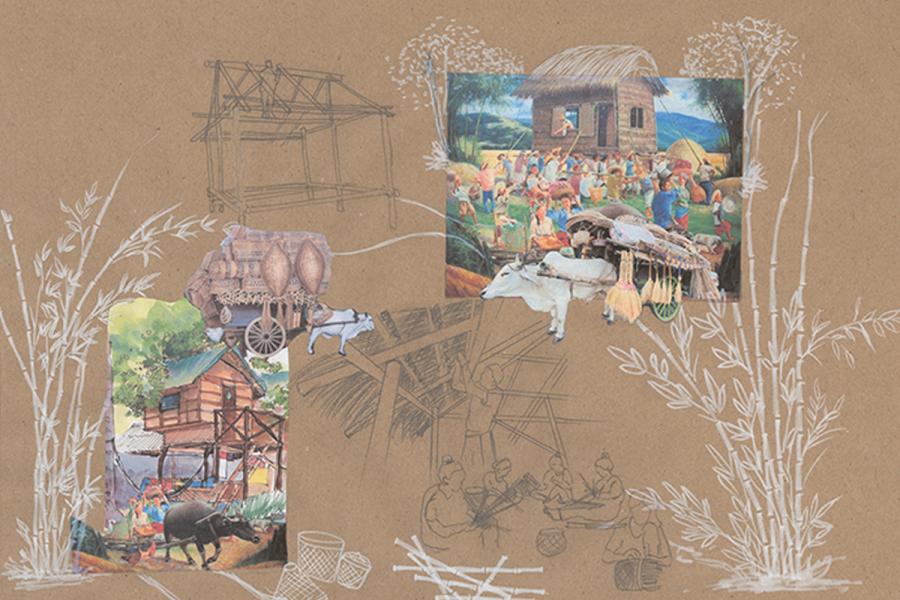
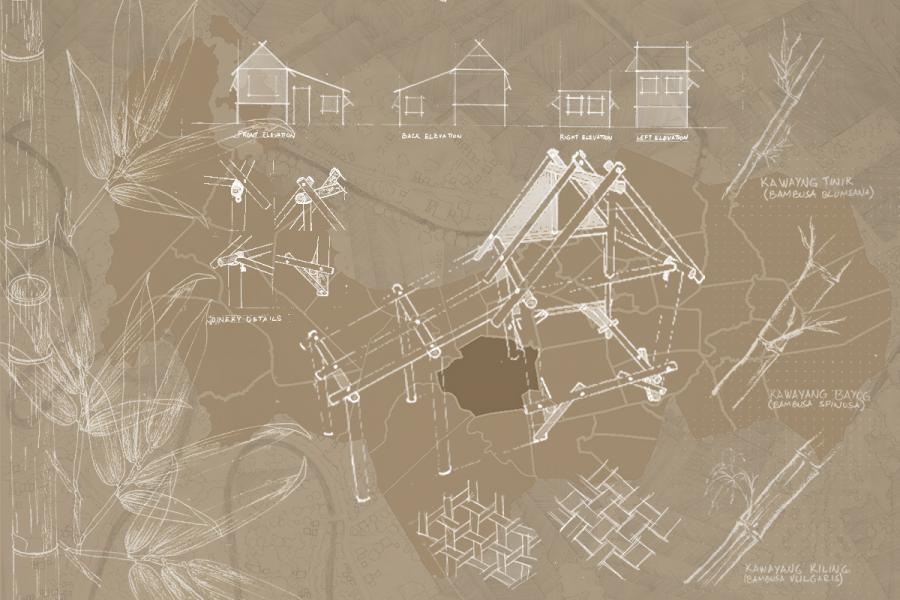
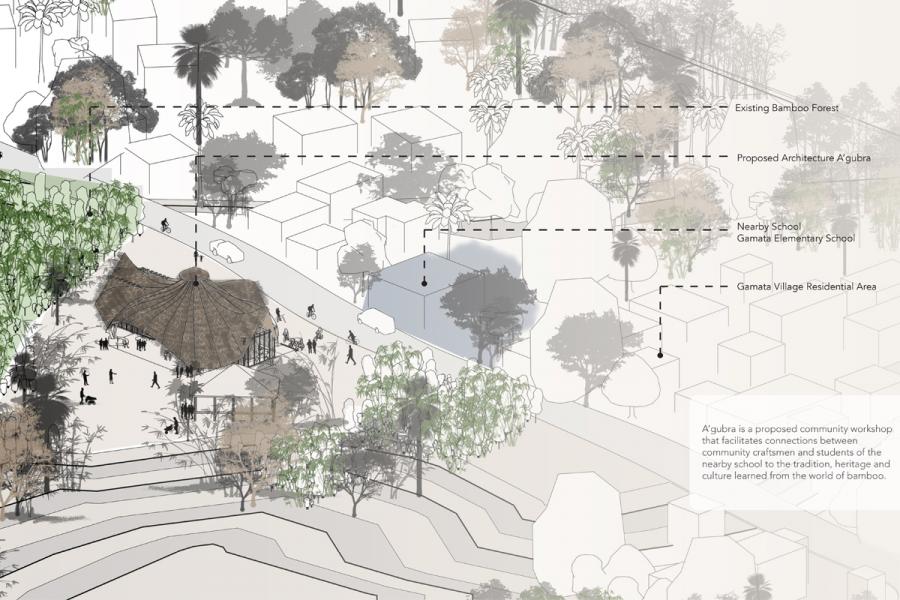
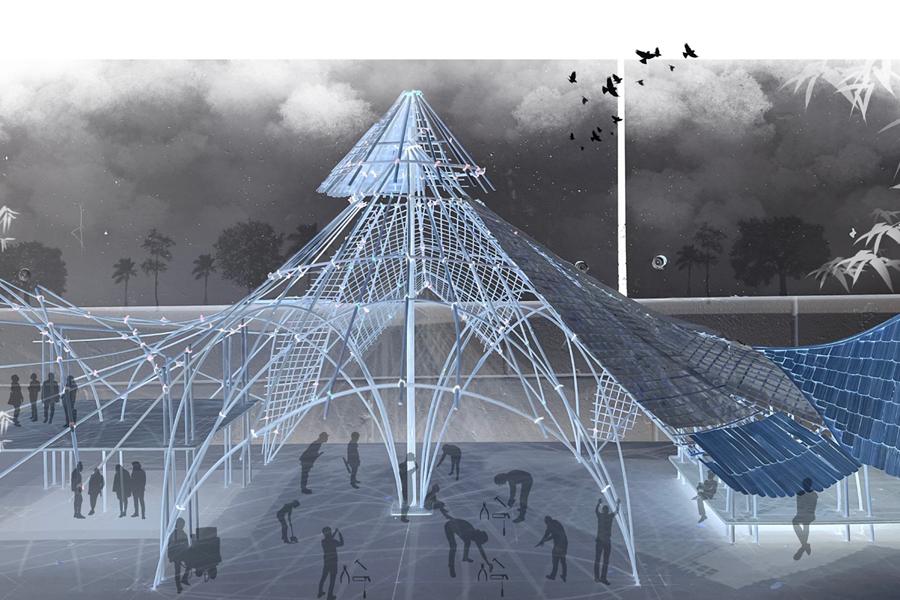
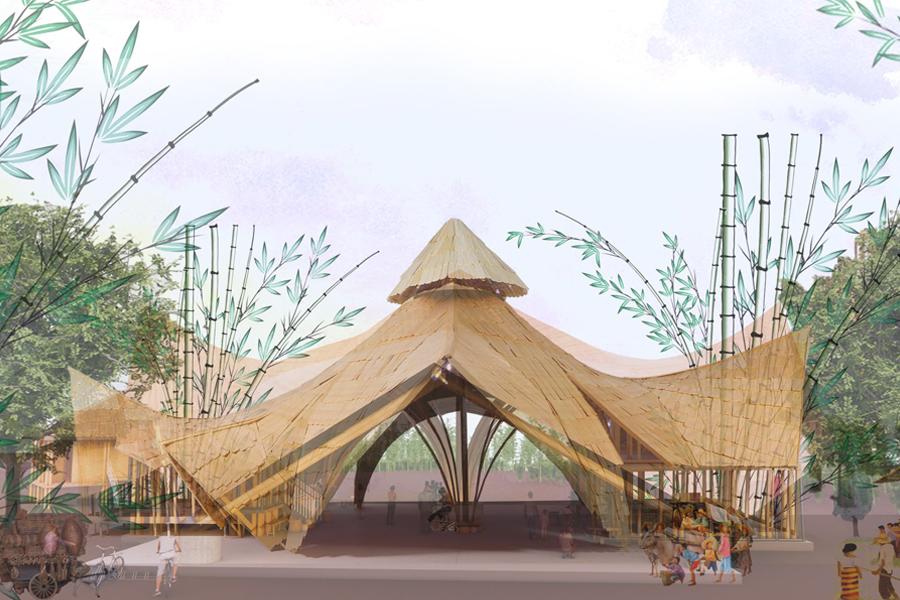
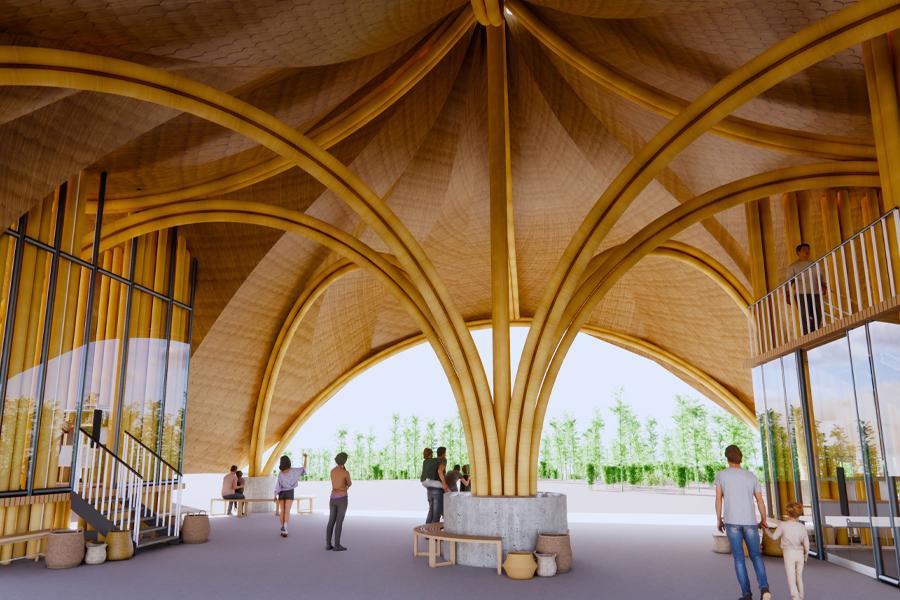
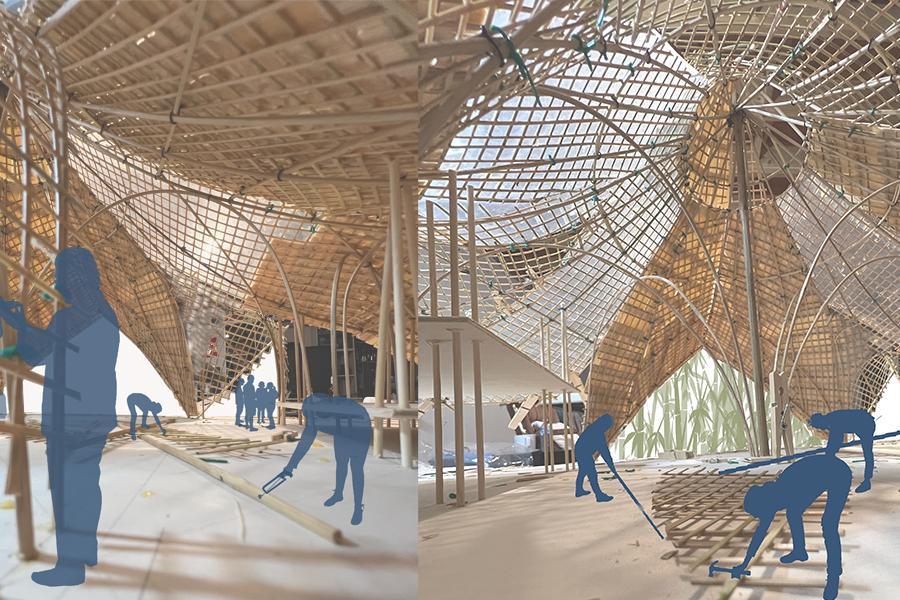
Malakas at Maganda (Strength and Beauty): Bamboo as a Sustainable and Symbolic Building Material in Contemporary Filipino Architecture
Bamboo, often referred to as the “green steel” of the plant kingdom, holds immense potential as a sustainable building material. In the context of the Philippines, where the indigenous creation story titled “Malakas at Maganda” symbolizes the harmony between humanity and nature , bamboo emerges as a culturally resonant and eco-conscious choice for vernacular architecture.
This abstract explores the multi-layered relationship between bamboo, sustainability, and the Filipino cultural narrative. Drawing inspiration from the myth of Malakas (strength) and Maganda (beauty), bamboo embodies the resilience and elegance of Filipino vernacular architecture. Its rapid growth, renewability, and minimal environmental impact align with the values of sustainable construction, echoing the harmonious coexistence illustrated in the creation myth.
This study explores bamboo's historical and contemporary uses in Filipino architecture, from the traditional “Bahay Kubo” (bamboo house) to contemporary eco-friendly designs. It studies the structural properties of bamboo, highlighting its strength, flexibility, and adaptability, qualities that parallel the attributes of the characters “Malakas” and “Maganda” as they overcame difficulties in the myth.
In addition, the research will further explore the ecological benefits of bamboo, such as carbon sequestration and soil erosion prevention, reinforcing the connection between sustainable practices and the values embedded in Filipino culture, and integrating Malakas and Maganda into contemporary architectural discourse. This abstract illustrates how bamboo can serve as a bridge between traditional and innovative practices, enriching the built environment while preserving cultural heritage.
Consequently, it sheds light on the synergy between bamboo as a sustainable material and the Filipino creation story of “Malakas at Maganda.” It underscores the significance of embracing eco-conscious construction practices that honour and elevate cultural narratives, fostering a harmonious relationship between humanity and the environment in the context of Filipino vernacular architecture.
